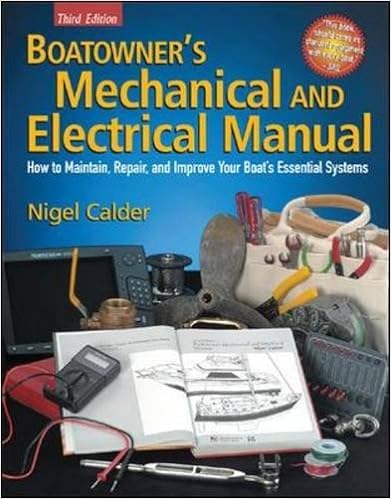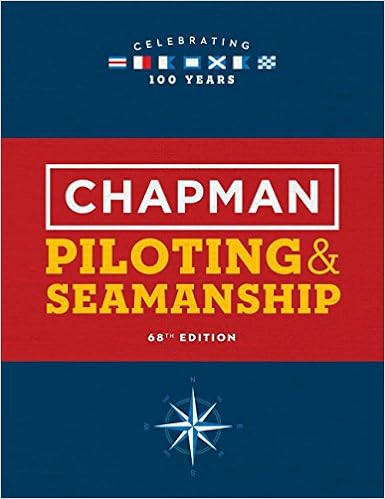Hi Brian,
I had a bit of a laugh over this. Why, because I remember being in your shoes (boat knowledge wise) a while ago. Take heart, even though now there is soooooo much to learn. All of us had to learn. No one is born with this knowledge!! It sounds like you are trying hard to quickly acquire more knowledge.
IT IS REALLY IMPORTANT TO PUT THE RIGHT "STUFF" IN THE RIGHT TANK. Mistakes in this area are quite common, and can prove to be very costly and very problematic, possibly even in the long term. When fuelling, double, even triple check that you are putting
diesel (
not ever gas) into only the
diesel tank(s). Likewise with the water, only put water into the water tank(s) and never in the diesel tank. Double check before starting any liquid flow. Make it a habit and you minimize the chances of errors.
You can use water to rinse the waste tank using the pumpout deck hole. However, do not overfill the tank (half full is probably lots) as doing so could allow excrement to enter the air vent possibly creating a blockage and thus creating a problem. If you do rinse that tank, monitor the tank level carefully and don't even fill the tank!
I do not leave my water hose laying around on the dock. I always put it away for several reasons. First, anyone else could use it for ANY purpose. I have seen other boaters take a hose from the dock and actually insert it into their waste tank deck hole to rinse. I don't want that anywhere near my drinking water tank!!!! Also, on my home dock, there are often River Otters who like to target lines, hoses, etc. when "doing their business", and I don't want that near my water either.
Like many others, I recommend filtering the water before it goes into your tank, and to use "tank water" and refill the tank as needed to ensure that the water in your tank does not start to "grow" things.
Best of luck, and keep asking questions as that is how we learn.



